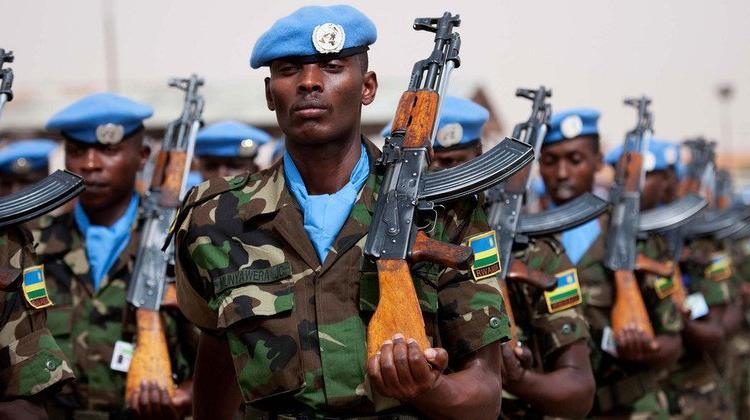Peacekeeping missions are designed to help countries navigate the challenging pathways out of conflict, often using troop and police deployments to provide the stability necessary for building infrastructure, systems of governance, and norms to allow for continuing peace. Yet these missions are limited in their timeframe, foreign powers’ forces and resources cannot remain deployed indefinitely. When it comes time for the transition from peacekeeping forces to local government, the process can be fraught with difficulties and potential setbacks to peacebuilding efforts.
Utilizing the end of the AU-UN peacekeeping mission in Darfur (UNAMID) as a case study, Silvia Danielak (PhD ‘23) explores the planning process preceding the mission exit. Through her analysis, Danielak exposes the ambivalent logics that accompany contemporary peace operations. “We have seen time and time again during recent world events that the transition process between a peacekeeping mission and handing back power to regional governance is one of the most challenging aspects of a peacekeeping mission,” says Danielak. “Peacekeeping operations' pursuit of sustainability during the closing phase of their mission is central to their logic for understanding their exit but such an emphasis might inadvertently mean they maintain their grip on the landscapes that belong to communities for a post-peacekeeping future.”
Danielak is an Assistant Professor at the Carter School of George Mason University. Her work focuses on socio-spatial planning, especially infrastructure planning, in conflict settings and as part of peace efforts, as well as its coalition with climate and environmental efforts.
Read Danielak’s full paper, Post-military Futures: Plans and Failure of the Peace Operations’ Infrastructure Handover in Darfur.
